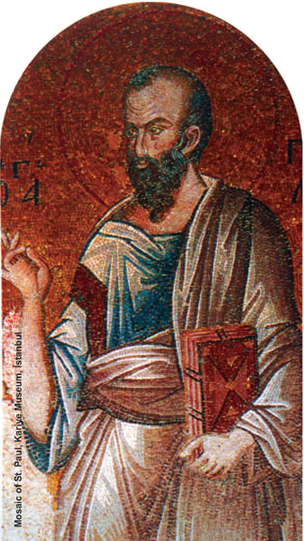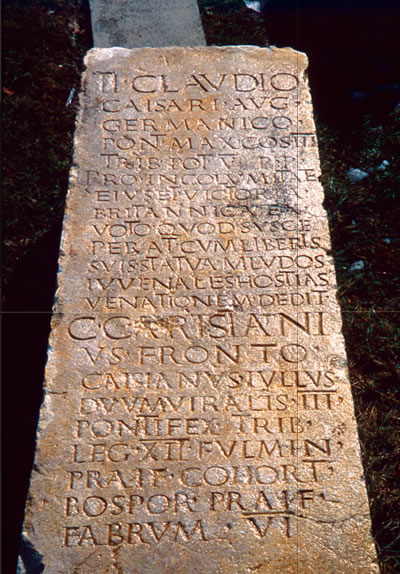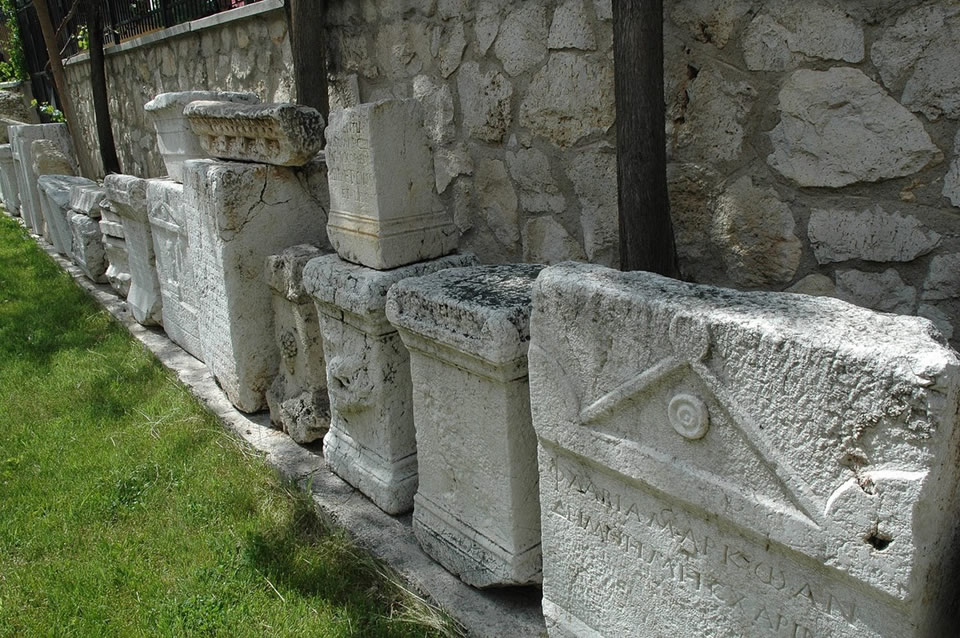St. Paul in Yalvac
 The old name of Yalvaç, a city that St. Paul visited twice during his first journey, was Pisidian Antiochia. It is believed that the sermon St. Paul gave here was the very first of his missionary journey, this speech affected many people to such a strong degree that they wanted him to address them again. For the next sermon almost whole population of Yalvac assembled to hear him speak and as a result of his address many people converted to Christianity. However some opponents of Christianity in the city were angry at the newcomers and started to persecute SS. Paul and Barnabas, and the two of them were ejected from the city limits. Despite this setback St. Paul had achieved his purpose and on leaving here for Konya, he Ieft behind many new believers.
The old name of Yalvaç, a city that St. Paul visited twice during his first journey, was Pisidian Antiochia. It is believed that the sermon St. Paul gave here was the very first of his missionary journey, this speech affected many people to such a strong degree that they wanted him to address them again. For the next sermon almost whole population of Yalvac assembled to hear him speak and as a result of his address many people converted to Christianity. However some opponents of Christianity in the city were angry at the newcomers and started to persecute SS. Paul and Barnabas, and the two of them were ejected from the city limits. Despite this setback St. Paul had achieved his purpose and on leaving here for Konya, he Ieft behind many new believers.
In YaIvac can still be seen today the ruins of Church of St. Paul built in the year 325 on the site of the synagogue in which St. Paul first preached. It is believed to be the first church dedicated to St. Paul and the floor covered with mosaics is remarcable. Amongst the mosaics can be found the name Bishop Optimius who attended the ecumenical council held in Istanbul in the year 381. Studying the church closely reveals that the original church was subsequently extended.
When St. Paul visited Yalvaç in the 1st C. A.D. it had a population of approximately 70,000 and was one of the biggest cities in the Roman Empire. The ancient city was surrounded by many buildings now in ruins that can still be seen. Amongst the remains of the city are: the Temple of Augustus, built at the highest part of the city, the entrance to the temple the propylon decorated with winged figures of Genius and Nike, a theatre, a monumental fountain and the Roman Baths. Yalvaç was also visited after St. Paul by St. Thecla. In the ancient city you can visit the theatre where St. Thecla did not waver from her beliefs despite being subjected to various tortures.

In Yalvac, one of the cities where St. Paul began his struggles to shape Christianity, can still be seen ruins of the monuments from the Mensis Cult, that weremostly destroyed by Christians in the 4th C. A.D. when Christianity became the dominant faith over pagan beliefs. The seven churches in Yalvac in which several saints preached after St. Paul are testament to the fact that here has been a religious centre for a very long time. The present name, Yalvac, literally means Prophet a name which since Seljuk times until the present day honours St. Paul.
Pilgrimage
RELIGIOUS
- The First Journey of St.Paul
(46-48 A.D.) - The Second Journey of St.Paul
(49-52 A.D.) - The Third Journey of St.Paul
(53-57 A.D.) - The Fourth Journey of St. Paul
(58-64 A.D.)s - St Paul in Mersin
Mut, Tarsus, Silifke - St Paul in Antakya
Antioche, Samandag - St Paul in Perge
- St Paul in Yalvaç
- St Paul in Konya
- St Paul in Hatunsaray And Derbe
- St Paul in Ephesus
- St Paul in Canakkale
- St Paul in Demre
- Cappadocia
- Turkish Coast
- Did you know
